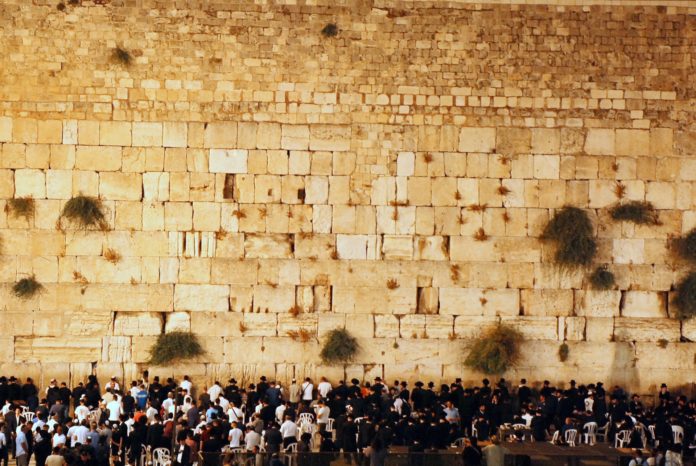The Western Wall in Jerusalem, Israel, is more than 2,000 years old and still a mystery to many. It’s a limestone wall located in the Old City that’s a sacred site where Jewish people from around the world come to pray. It’s also a popular tourist location visited by millions of people every year. Here are some things you didn’t know about it.
A Big Part Of It Is Underground
The construction of the Western Wall started around 19 BC and a large part of it is underground. The limestone wall consists of 45 stone rows, 17 of which are underground. The largest stone that can be found is 44 feet long and weighs 570 tons.
Calling It The “Wailing Wall” Is Offensive
The term “Wailing Wall” is seen as offensive because many find it derogatory and mocking. The name comes from the past when Jews weren’t allowed in Jerusalem except on the saddest day in their calendar, Tisha B’Av. That’s the day they would cry at the holy places and explains how the wall got this infamous nickname.
The Notes
Over a million hand-written notes are left on the wall every year. These notes contain prayers, wishes, and messages to God. A Rabbi removes them twice a year and buries them at the nearby Mount of Olives.

